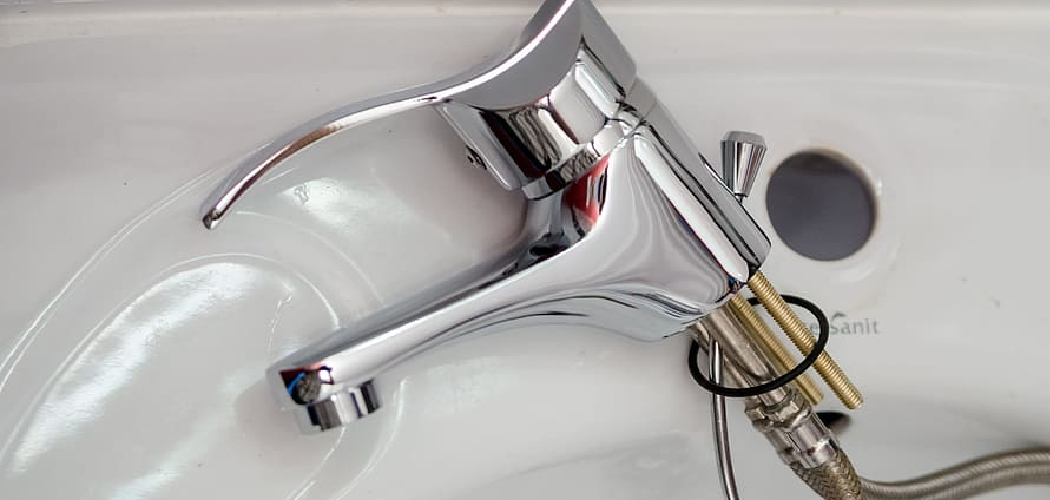Nobody enjoys dealing with plumbing issues, but if your tub is consistently overflowing, then you may have a serious issue that needs to be addressed. An overflowing drain can be caused by many things; from clogged pipes to poor draining due to misplaced traps or improper venting of the wastewater line.
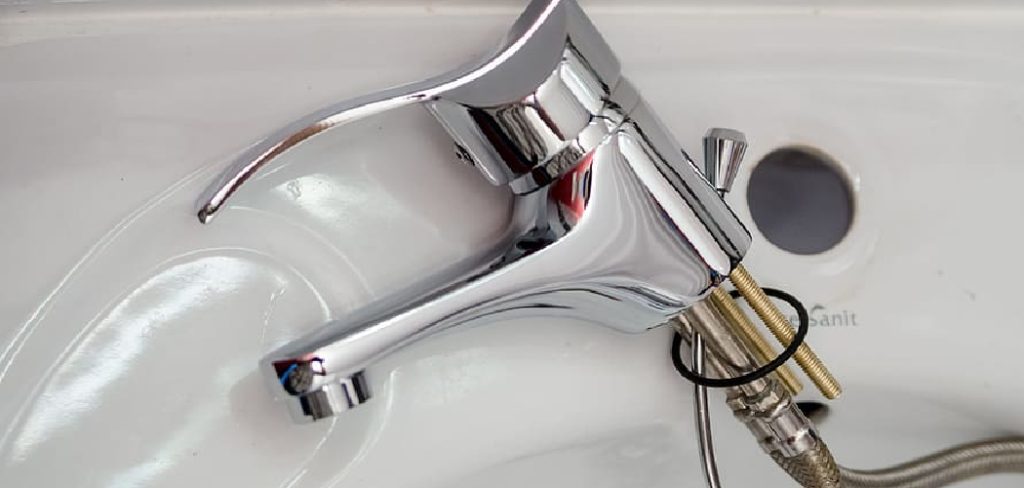
Fortunately, there are some simple steps on how to fix overflow drain in tub – without having to call a plumber! In this blog post, we will provide tips on how exactly you can identify and repair an overflowing tub drain quickly and effectively.
Tools and Materials You Will Need to Fix Overflow Drain in Tub
- Plunger
- Drain snake
- Bucket or container
- Pliers or wrenches (depending on the type of trap used)
- Cleaning brush (optional)
Step-by-step Guidelines on How to Fix Overflow Drain in Tub
Step 1: Identify the Cause of the Overflowing Drain
The first step is to identify what is causing your tub’s overflow drain to malfunction. As mentioned earlier, there could be various reasons why this may occur. If you have been experiencing slow drainage, then it is likely that there is a clog in your pipes or trap. However, if water starts to back up as soon as you turn on the faucet, then there may be an issue with your venting system.
Step 2: Use a Plunger
If the cause of the overflowing drain is a clog, then using a plunger can help dislodge it. Place the plunger over the drain and create suction by pushing down and pulling up repeatedly. This action should loosen the clog and allow it to flow down the drain. You may need to repeat this a few times for it to be fully effective.
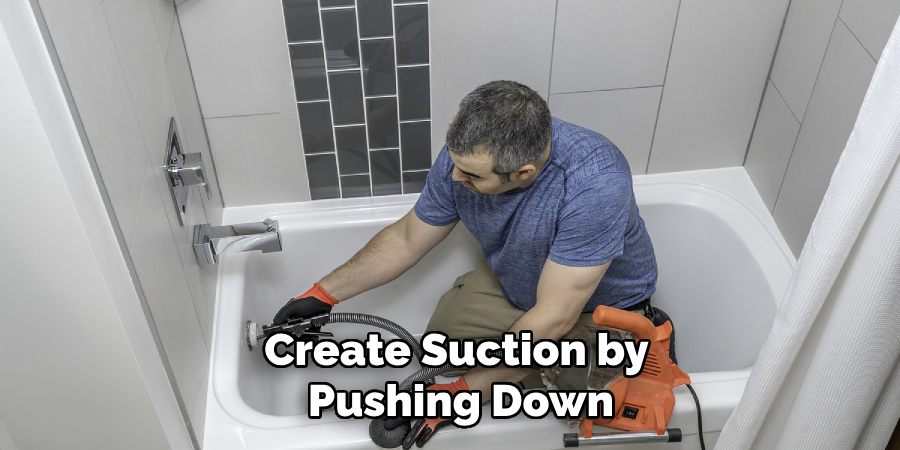
Step 3: Try a Drain Snake
If the plunger does not work, then you can try using a drain snake. Insert the snake into the overflow drain until you feel resistance. Then, twist and push the snake in as far as possible before pulling it out. This action should help break up the clog and allow it to be flushed out. This method is particularly useful for deep clogs that are not easily reached with a plunger.
Step 4: Check and Clean the Trap
If neither of the previous steps works, then it is possible that there is a clog in your trap. You can check this by removing the overflow plate and using a flashlight to look into the overflow opening. If you see any debris or buildup, use a cleaning brush to remove it.
Step 5: Check the Venting System
If your tub still overflows after trying all the previous steps, then there may be an issue with your venting system. This is best left to a professional plumber as it can involve complex repairs or installations. This system ensures that air can escape as water flows down the drain, preventing any backups or overflows.
Following these steps should help you fix an overflowing drain in your tub without having to call a plumber. However, if the issue persists or seems too complicated to handle on your own, then it is best to seek professional help. Remember to always take precautionary measures and wear protective gear when dealing with plumbing issues.
Additional Tips and Tricks to Fix Overflow Drain in Tub
- Regularly clean your bathtub to prevent overflow drain clogs. Use a mix of baking soda and vinegar or a commercial drain cleaner once every few weeks.
- Avoid throwing hair, soap residue, and other debris down the drain as much as possible. Consider using a hair catcher over the drain while showering to catch any loose hair.
- If you have hard water, consider installing a water softener to prevent mineral buildup in your pipes, which can contribute to clogs.
- If you notice that your tub is draining slowly or has a foul odor, try using a plunger to clear out any potential clogs.
- For stubborn clogs, you may need to use a plumbing snake or auger. Insert the tool into the overflow drain and twist it until you feel resistance. Then slowly pull it out, which should dislodge any blockages.
- If none of the above methods work, it may be time to call a professional plumber for assistance. They have specialized tools and expertise to handle more severe clogs and potential pipe damage.
- To prevent future overflow drain issues, consider installing a mesh strainer or cover over the overflow drain to catch any potential debris before it enters the pipes.
- Lastly, make sure to address any leaks or cracks in your tub or overflow drain as soon as possible to avoid further damage and potential clogs.
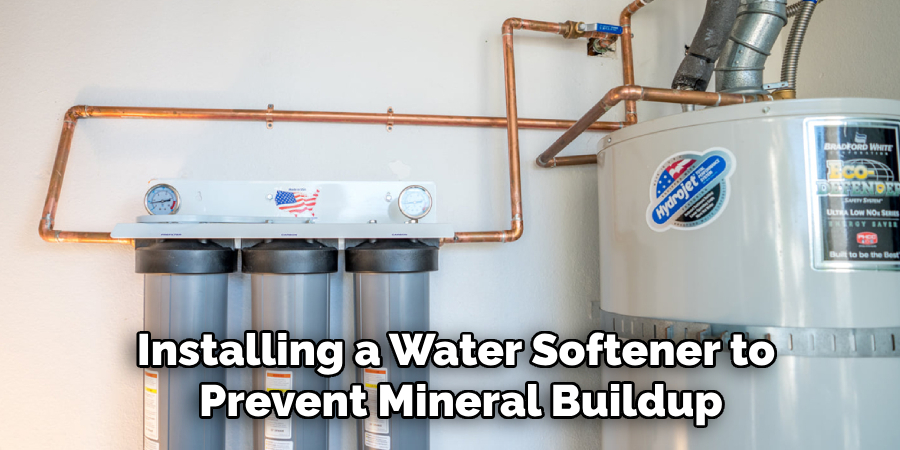
Following these tips and tricks can help you maintain a functional and clog-free overflow drain in your tub. Remember, prevention is key, so make sure to regularly clean and maintain your bathtub to avoid any potential issues. Overall, being proactive and attentive to your plumbing system can save you time, money, and headaches in the long run. Happy bathing!
Precautions Need to Follow for Fixing Overflow Drain in Tub
- If your tub is clogged, do not attempt to fix the overflow drain yourself. The problem may be more complicated than it seems and can lead to further damage if not handled properly.
- Before attempting any repairs, make sure to turn off the water supply to your tub. This will prevent any accidental flooding or water damage.
- Wear protective gear such as rubber gloves and safety goggles while working on the overflow drain. This will protect your skin and eyes from any harsh chemicals that may be used during the repair process.
- Make sure to read the instructions carefully before using any products to fix the overflow drain. Some chemicals can be dangerous if not handled properly.
- Use a plunger or plumbing snake to clear out any debris or clogs in the drain before using any chemicals. This will help prevent further blockages and make the repair process easier.
- If using chemicals, make sure to follow the recommended dosage and allow enough time for them to work before attempting to flush out the drain with water.
- Never mix different types of chemicals together as this can create harmful fumes and cause injury.
- If you encounter any resistance while trying to clear out the drain, do not force it. This could potentially damage the pipes and make the problem worse.
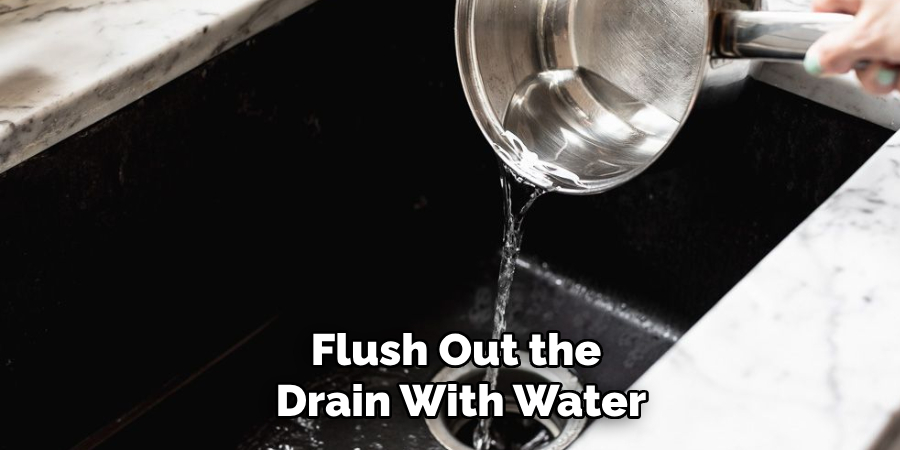
Following these precautions will help ensure that you are able to fix the overflow drain in your tub safely and effectively. If you are unsure or uncomfortable with performing the repair yourself, it is best to seek professional help.
It may cost more, but it will save you from potential headaches and further damage down the line. Remember, safety should always be a top priority when working on any type of plumbing issue.
Frequently Asked Questions
What Causes an Overflow Drain in Tub to Clog?
There are a few reasons why an overflow drain in a tub can become clogged. One of the most common causes is hair and soap scum buildup. When you take a shower or bath, some hair will inevitably fall out and go down the drain, along with any soap residue on your body.
Over time, this can accumulate and create a blockage in the overflow drain, leading to water pooling and potential leaks. Other common causes include foreign objects getting stuck in the drain, such as toys or hair accessories, as well as mineral buildup from hard water.
How Do You Know if Your Overflow Drain is Clogged?
There are a few signs that your overflow drain may be clogged. The most obvious one is water pooling in the tub while you’re taking a shower or bath. You may also notice that the water drains very slowly, or not at all, after you finish using the tub. Another sign is a foul odor coming from the drain, which could indicate that there is stagnant water trapped in the overflow pipe.
Can You Fix an Overflow Drain Clog Yourself?
In some cases, a clogged overflow drain can be fixed by the homeowner without professional assistance. If the blockage is caused by hair and soap scum buildup, you can try using a plunger or a plumbing snake to dislodge it. You can also use a mixture of baking soda and vinegar to break down any gunk that may be causing the clog.
However, if the clog is caused by a foreign object or mineral buildup, it may be best to call a professional plumber to avoid causing further damage to your plumbing system.
How Do You Prevent an Overflow Drain Clog?
Preventing an overflow drain clog starts with regular maintenance and cleaning. Make sure to remove any visible hair from the drain after each use and use a drain cover to catch any loose hairs. You can also use a mixture of baking soda and vinegar regularly to keep the drain clean and prevent buildup.
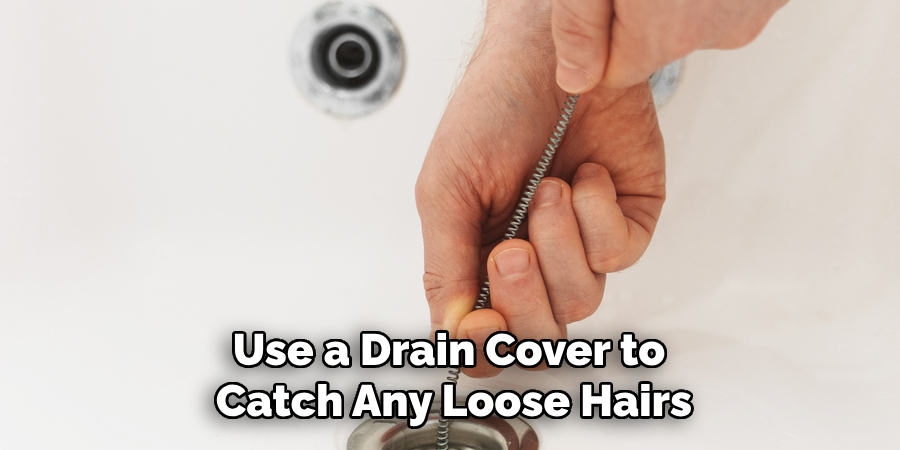
Additionally, avoid putting foreign objects down the drain, and consider installing a water softener if you have hard water. Regularly scheduled professional plumbing inspections can also help identify potential issues before they become major problems.
Conclusion
Now you know how to fix overflow drain in tub and prevent it from happening again. By regularly maintaining and cleaning your overflow drain, you can avoid potential clogs and leaks that can cause damage to your bathroom and plumbing system.
In case of more stubborn clogs or other issues, it’s always advisable to call a professional plumber for assistance.
Remember, taking care of small problems now can save you from bigger headaches in the future. So keep an eye on your overflow drain and take action if you notice any signs of a clog or potential issues. A little preventive maintenance can go a long way in keeping your bathroom functioning properly.

